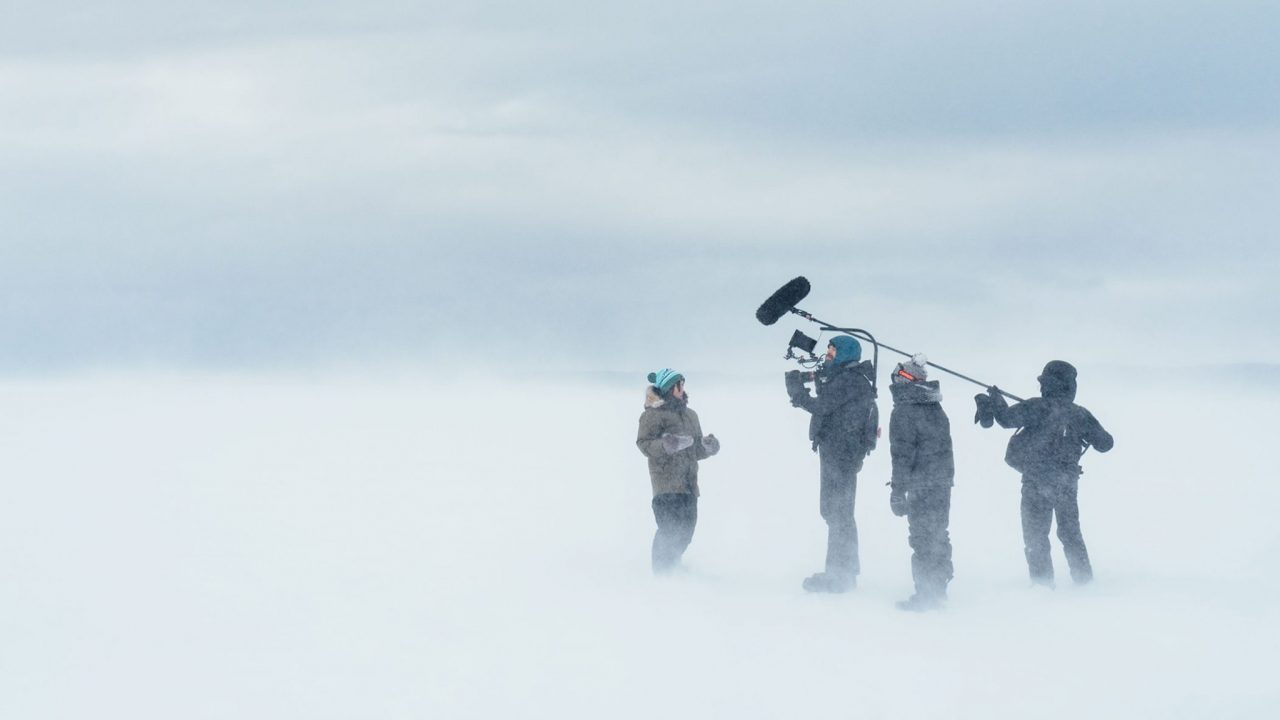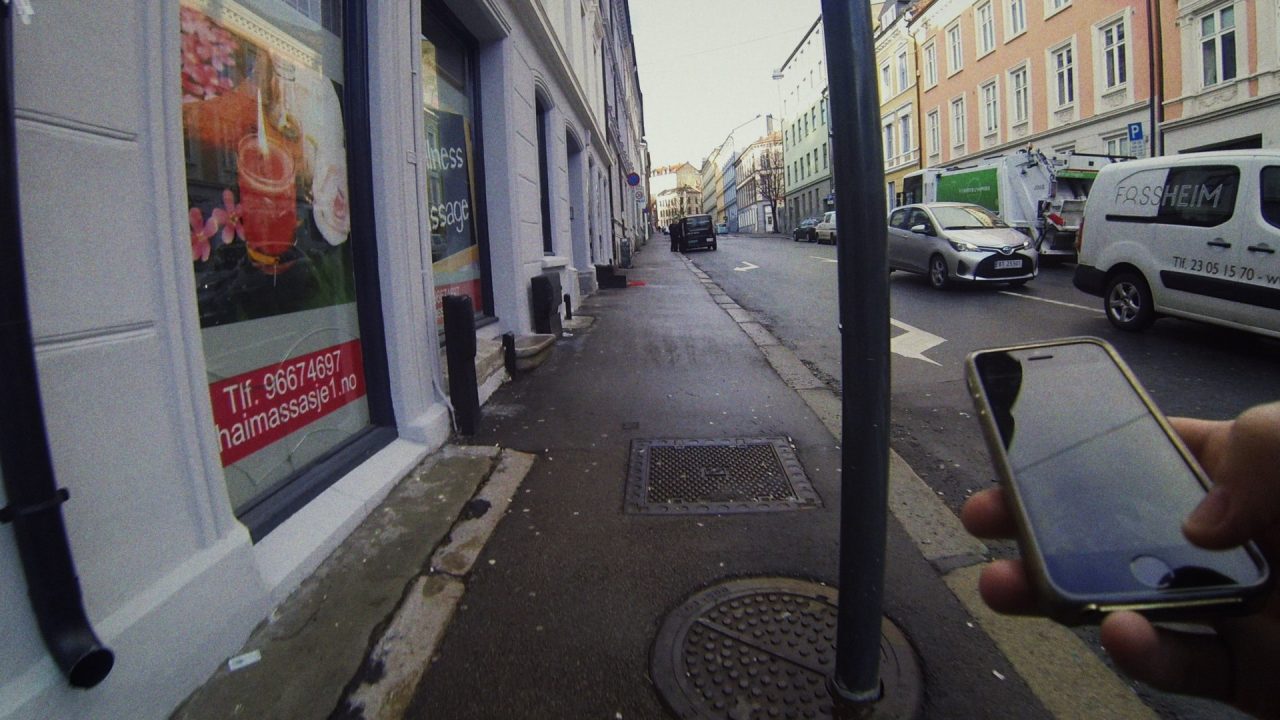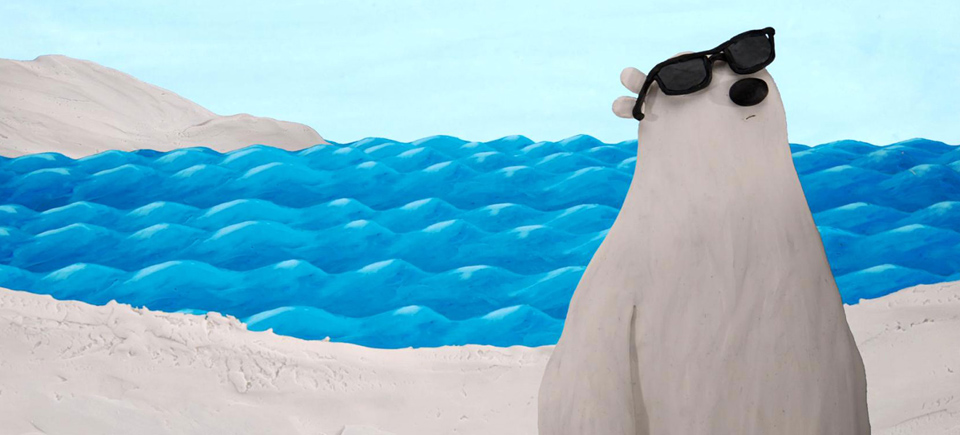
Climate change and The Arctic Circle: Have we already passed the point of no return?
Climate change and The Arctic Circle: Have we already passed the point of no return?
The following is a guest post by Tanya Koivusalo.
On Wednesday April 7, the Toronto Mediatheque is screening The Arctic Circle as part of the Green Screens series. The entire film will also air on Discovery HD on April 21 at 7 pm & 8 pm.
Shot in some of the world’s most desolate and stunning locations, The Arctic Circle marries dramatic footage with hard science to tell the story of climate change as nobody has seen it before.
The segment that the Mediatheque is screening, Battle for the Pole, introduces viewers to some of the people engaged in a fierce international race to pump oil and gas from beneath the melting Arctic ice. As resource extraction accelerates, the more quickly the ice melts – locking us into a destructive cycle whose effects are only starting to be felt.
I recently spoke with co-director and producer Wally Longul about his experiences making the film, and what he hopes to achieve with this project.
Q: Why is climate change felt more intensely in the Arctic than elsewhere in the world?
A: The Arctic is more sensitive to temperature variations than any other region of the globe, and a major contributor to this is Arctic haze, which reaches its peak in late winter and spring. This occurs because the Arctic is the recipient of contaminants whose sources, industrial nations, are thousands of miles away, and this pollution helps the Arctic warm up faster than any other region on Earth. Scientists say that the entire Arctic ice-cap could melt by mid-century.
Q: What does The Arctic Circle bring to the ongoing climate-change conversation?
A: Our filmed interview with Richard Krishfield, Research Specialist, Woods Hole Oceanographic Institution, highlights the importance of focusing on this subject: “The Arctic has often been called the canary in the coal mine. You know, if changes are going to happen they’re going to happen here first.”
Have we already passed the point of no return? What will become of our planet? The film witnesses the changes occurring in the Arctic Circle and scientific challenges facing the world’s top scientists.
Q: What can viewers look forward to in this film? What struck you most about the issue?
A: When I first got involved in this project I was amazed at the rapid growth of petroleum exploitation in the polar region due to the decline of ice and the new added threat to the environment.
Can we stop further global warming? Or do we just try to draw profit from the crisis? The documentary focuses on the oil rush in the Arctic Sea and uncovers both the bright and dark sides of the energy resources development in the area.
Q: The graphics are stunning – where did the shoot take place?
A: Location shooting took place in: Hammerfest, Norway, the northernmost town in the world on the shore of Barents Sea; Moscow, Russia; Oslo, Norway; the Arctic Ocean; the North Sea; the island of Spitsbergen; and Geoje Island, Korea (the location of the shipbuilder for three Russian icebreaking tankers).
A great deal of attention to accuracy and design by graphic artists both at NHK (Tokyo) and the NFB (Montreal) generated stunning results.
Q: What alternatives does the film offer to pumping oil and gas from beneath the Arctic?
A: Some experts believe as much as 25% of the world’s undiscovered oil and gas is in the Arctic Ocean, waiting to be found. Despite efforts to reduce global warming, worldwide energy consumption is expected to rise by 55% by 2030. About 80% of this increased demand is expected to be answered, as always, by fossil fuels. As a result carbon emissions are predicted to rise by 57%.
Norway’s StatoilHydro aims to strike a balance between astronomical profits and sincere measures for combatting climate change. They are looking for ways to reduce carbon emissions while using fossil fuels. The goal is to trap dangerous CO2 in the earth before it can be released to the atmosphere. Underground CO2 storage technology is winning favour around the world as a promising means of curbing global warming.
Q: What did you strive to achieve with this film?
A: I hope that viewers come away with the realization of the new threats to our planet now being generated in the far north and that we Canadians can all play a small but collective part… Energy efficiency would help to cut greenhouse gas emissions.
***
The Arctic Circle: Battle for the Pole screens on Wednesday April 7 at 7 pm for FREE at the NFB Mediatheque in Toronto. A discussion, led by Dr. Peter J. Ewins, Senior Officer, Species Conservation, World Wildlife Fund Canada (WWF-Canada), will follow the film. More information about the screening can be found here.





